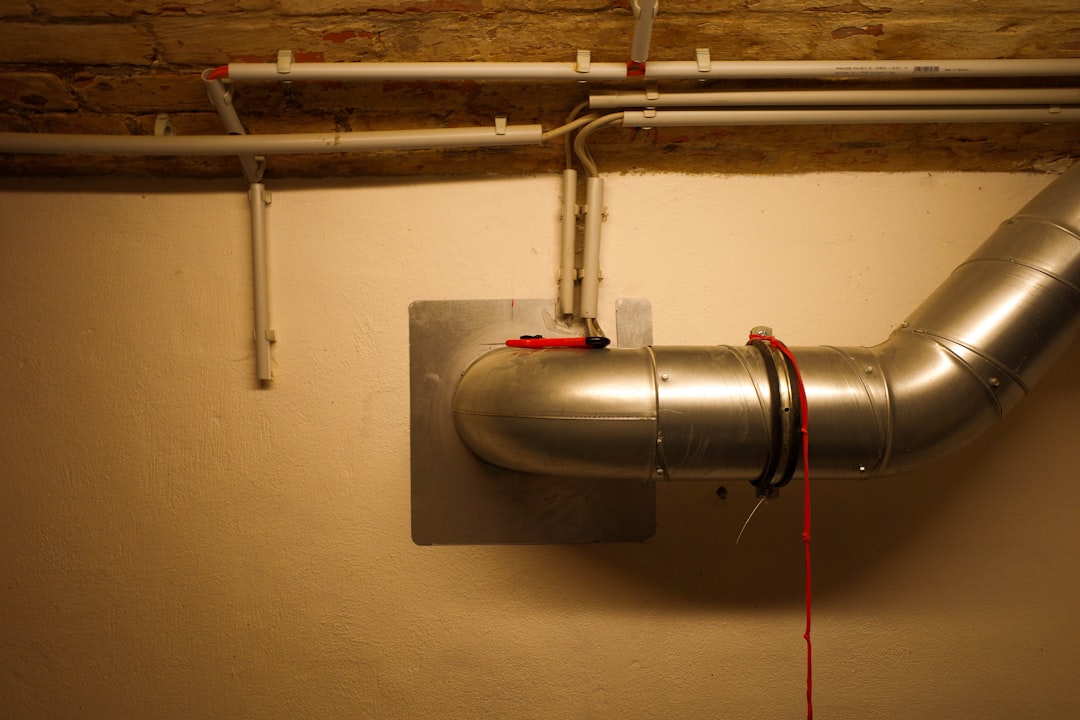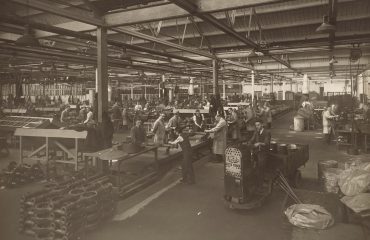In today’s competitive landscape, operational efficiency isn’t just a desirable trait – it’s a necessity for survival. Businesses that can streamline their processes, optimize workflows, and maximize productivity are better positioned for growth, profitability, and long-term success. This comprehensive guide will explore key strategies to help you unlock peak performance and significantly improve your operational efficiency.
1. Streamlining Processes: Identifying and Eliminating Bottlenecks
The first step towards improving operational efficiency is to thoroughly analyze your existing processes. Look for bottlenecks – points in your workflow where tasks slow down or get stuck. These bottlenecks can be identified through various methods, including process mapping, data analysis, and employee feedback. Once identified, you can begin to address them. This might involve automating repetitive tasks, re-allocating resources, or simplifying complex procedures. For example, a manufacturing company might identify a bottleneck in the quality control stage. By investing in automated inspection technology, they can significantly reduce processing time and improve accuracy, leading to increased output and reduced waste.
Consider using Lean methodologies like Kaizen, which emphasizes continuous improvement through small, incremental changes. By focusing on eliminating waste (muda) in all its forms – overproduction, waiting, transportation, over-processing, inventory, motion, and defects – you can significantly streamline your processes and boost efficiency.
2. Optimizing Workflows: Leveraging Technology and Automation
Once bottlenecks are addressed, focus on optimizing the overall workflow. This involves integrating technology and automation to streamline tasks and improve collaboration. Consider using project management software to track progress, manage deadlines, and enhance communication among team members. Automation tools can handle repetitive tasks, reducing human error and freeing up employees for more strategic work. For instance, automating invoice processing can significantly reduce the time spent on administrative tasks, allowing accounting staff to focus on more complex financial analysis.
Implementing a robust Customer Relationship Management (CRM) system can also significantly improve efficiency. A centralized system allows for better customer data management, improved communication, and streamlined sales processes, ultimately leading to increased customer satisfaction and improved revenue generation.
3. Empowering Employees: Fostering a Culture of Efficiency
Operational efficiency isn’t solely about technology and processes; it’s also about people. Empowering your employees to take ownership of their work and contribute to continuous improvement is crucial. This involves providing them with the necessary training, tools, and resources to perform their tasks effectively. Create a culture of open communication and feedback, encouraging employees to identify areas for improvement and suggest solutions. Regular performance reviews and constructive feedback sessions can help identify skill gaps and opportunities for development.
Employee engagement is directly linked to productivity. Investing in employee well-being, providing opportunities for professional growth, and fostering a positive work environment can significantly improve morale and drive efficiency.
4. Data-Driven Decision Making: Utilizing Analytics for Continuous Improvement
Data is the lifeblood of operational efficiency. By collecting and analyzing data from various sources, you can gain valuable insights into your processes, identify areas for improvement, and track the effectiveness of your initiatives. Key Performance Indicators (KPIs) should be established to monitor progress and measure success. These KPIs might include production output, customer satisfaction scores, defect rates, and employee turnover. Regularly analyzing this data allows you to identify trends, predict potential problems, and make data-driven decisions to optimize operations.
Utilizing business intelligence tools and dashboards can provide a clear and concise overview of your operational performance, allowing for quick identification of issues and prompt corrective action.
5. Investing in Infrastructure: The Foundation for Efficiency
Finally, don’t underestimate the importance of investing in the right infrastructure to support your operational efficiency goals. This includes investing in the necessary technology, equipment, and facilities to streamline processes and enhance productivity. This might involve upgrading outdated systems, investing in new software, or improving physical workspace layouts to optimize workflow. Regular maintenance and upkeep of equipment are also crucial to prevent costly downtime and ensure consistent operation.
Consider the long-term implications of your infrastructure investments. Choosing scalable solutions that can adapt to future growth and changing business needs is essential for sustained operational efficiency.
By implementing these strategies, businesses can significantly improve their operational efficiency, leading to increased profitability, enhanced customer satisfaction, and a more sustainable competitive advantage. Remember that continuous monitoring, evaluation, and adaptation are key to achieving lasting success.
SEO Tags:
Operational Efficiency, Process Optimization, Workflow Improvement, Lean Methodology, Business Productivity




